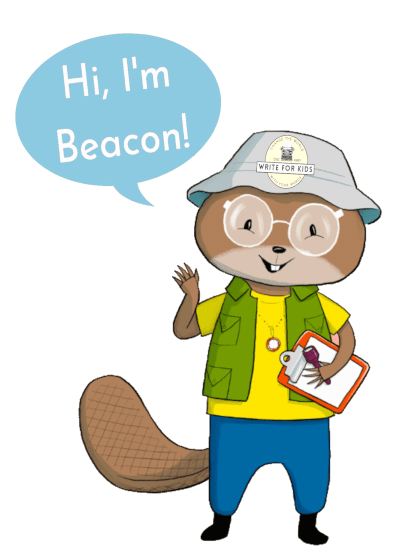Presented by Children's Book Insider, the Children's Writing Monthly

Welcome to WriteForKids!
Welcome to WriteForKids!
I’m your guide to an exciting future writing wonderful books for children & teens. No matter where you are on your writing journey, we have just the right resource for you.
Our monthly publication Children’s Book Insider has helped generations of writers build successful kidlit careers. It’s packed with market leads, interviews, how-to instruction & exclusive submission opportunities with top publishers and literary agencies. And you can subscribe now for just $1.
Our WriteForKids Sessions workshops feature superstar authors, editors and educators sharing knowledge about every aspect of writing, publishing and marketing.
And our revolutionary Writing Blueprints have completely changed the rules of the game, by providing a unique step-by-step system for writing any kind of kidlit book – no matter your level of experience!
Have fun browsing around and, if you have any questions, just click here and ask away!
A Message From Your Hosts:
Since starting Write For Kids in 1990, we’ve helped thousands of people fulfill their dream of writing for children, and have dedicated ourselves to working for literacy, creative freedom and hope for the children of the planet.
We’re so glad you’ve found us! If you have any questions, or would just like to say hello, use the contact form and drop us a note. We honor your journey, and we’re here to help however we can.
Welcome!
Jon, Laura & Matt Bard, the family behind WriteForKids since 1990.
I’ve got some friends who are excited to meet you!
Mitty, Lilypad and Skylar have some great advice & important tips for you, so click on a picture and learn more.
But watch out for Humbug and Bamboozler. They’re real troublemakers who love getting in the way of promising writing careers!
I’ve got some friends who are excited to meet you!
Mitty, Lilypad and Skylar are happy to show you around and point you toward what you need, no matter where you are in your writing journey.
They each have some great advice & important tips for you, so click on a picture and learn more.
(But watch out for Humbug and Bamboozler. They’re real troublemakers who love getting in the way of promising writing careers!)
A Message From Your Hosts:
WriteForKids is a family business founded in May, 1990 and is run by the husband & wife team of Laura Backes Bard and Jon Bard.
Through our monthly publication, Children’s Book Insider, our acclaimed WriteForKids Sessions workshops and our Writing Blueprints step-by-step guides, we’ve helped thousands of people from across the globe fulfill their dream of writing for children, and have dedicated ourselves to working for literacy, creative freedom, compassion and hope for the children of the planet.
We’re so glad you’ve found us! If you have any questions, or would just like to say hello, use the contact form and drop us a note. We honor your journey, and we’re here to help however we can.
Welcome to WriteForKids!
